With Britain’s loftiest mountains, dramatic moors, glittering lochs and craggy coasts, Scotland boasts more than its fair share of thrilling wildlife experiences.
Plan a day's wildlife spotting trip to Scotland's spectacular National Parks and learn more about species to spot in our handy guide.
When were Scotland’s National Parks created?
Loch Lomond & The Trossachs National Park was established in 2002. Cairngorms National Park was established the following year, expanding in 2010 to include parts of Perthshire.
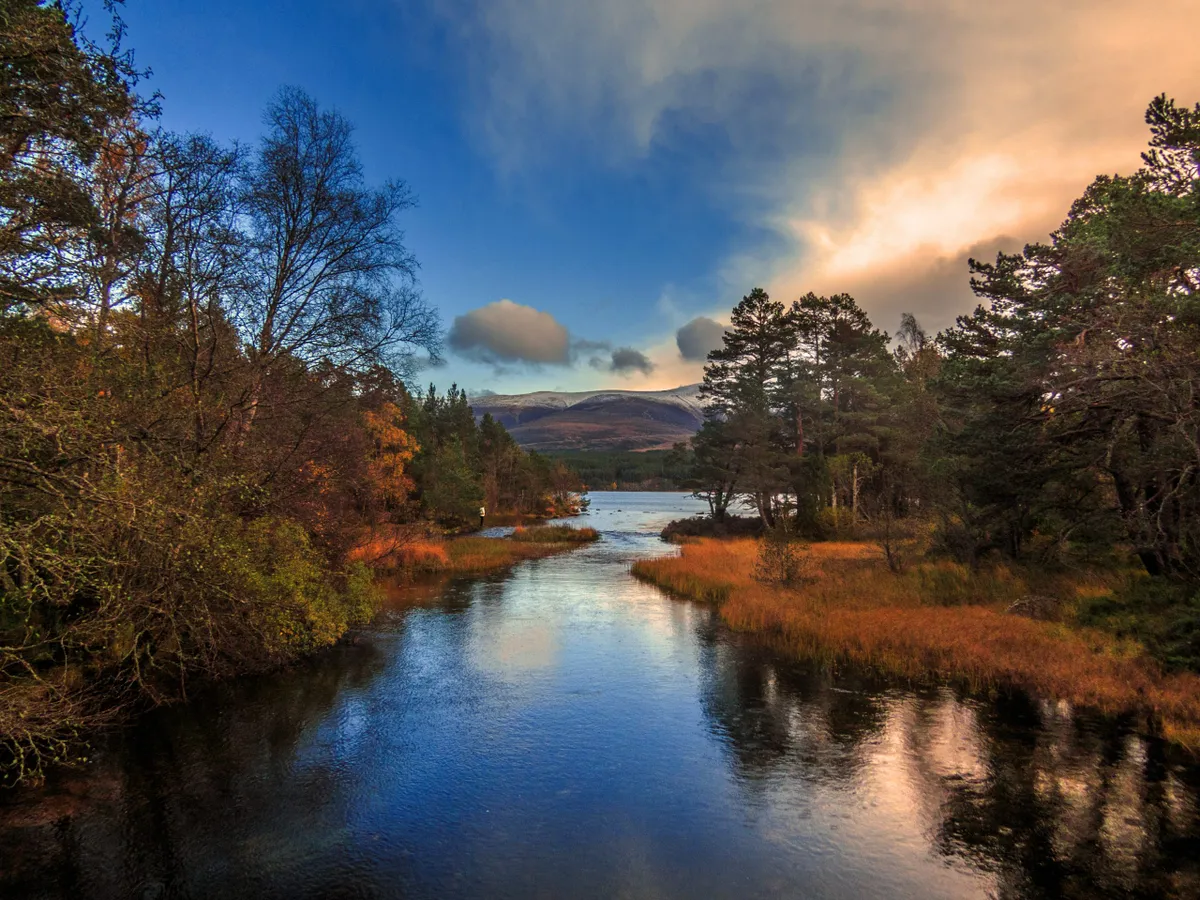
Why were Scotland’s National Parks established?
The parks have four stated aims: to conserve and enhance natural and cultural heritage; to promote the sustainable use of natural resources; to promote understanding and enjoyment of the special qualities of the area; and to promote sustainable social and economic development of local communities.
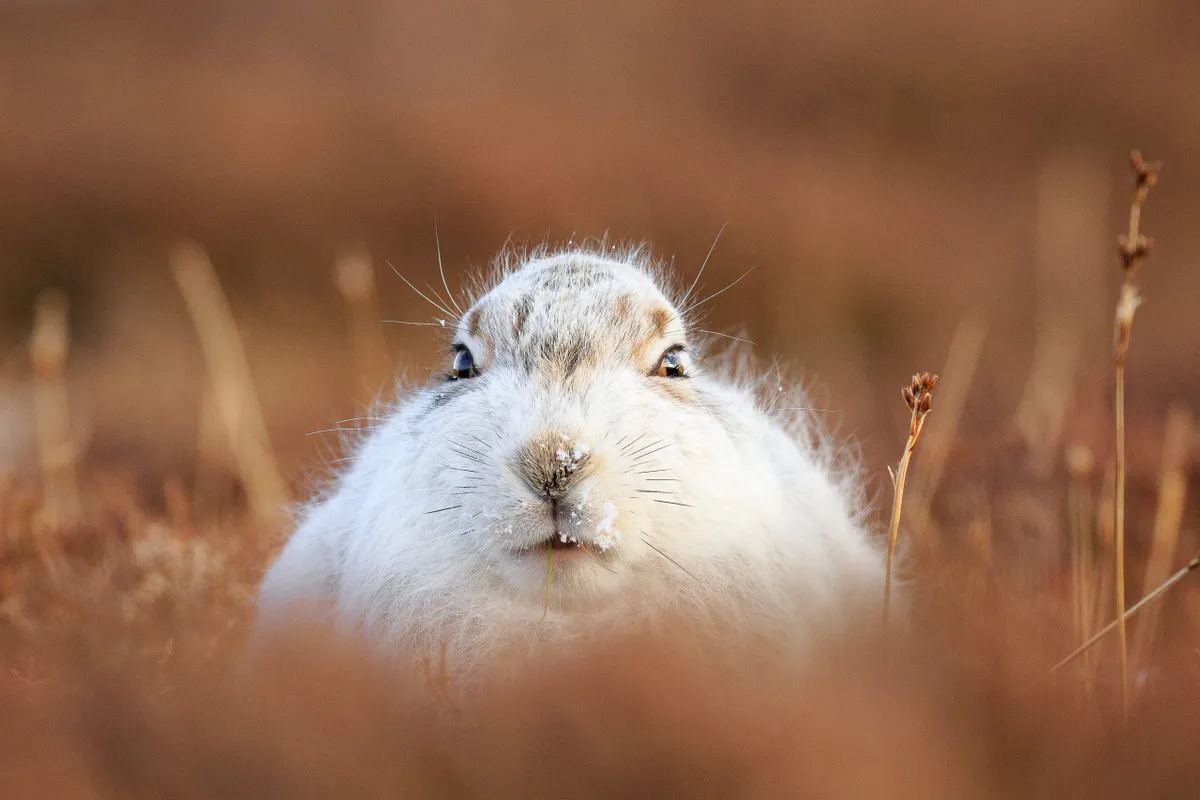
Where can I explore in Scotland’s National Parks?
Scotland has a unique system of access rights, allowing you to roam by non-motorised means across most land and inland water, except in specified areas. Be aware of deer stalking on hills between July and late October. For details of rights and stalking, visit: nature.scot/enjoying-outdoors/your-access-rights
Cairngorms National Park

By far the UK’s largest National Park, spanning 4528km2, the Cairngorms encompasses four of Britain’s five tallest mountains and nine National Nature Reserves. Its diverse landscapes – high subarctic plateau and moor, wetlands and rivers, 60 lochs and countless lochans (small lakes), and over half of the surviving ancient Caledonian pine forest are home to 25% of the UK’s endangered species.
Best wildlife to spot in the Cairngorms National Park
Osprey, Pandion haliaetus
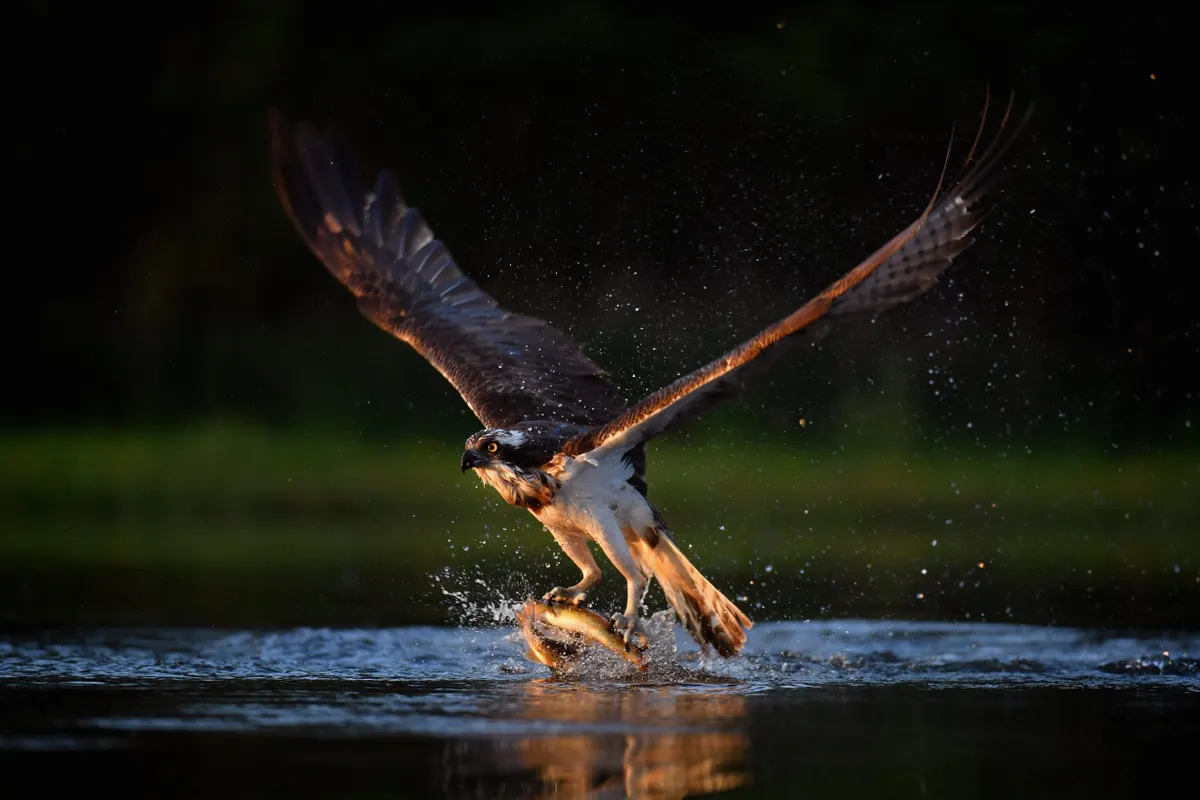
This regal fish-eating raptor, which became extinct in Scotland from 1916, recolonised from the late 1950s.
Ospreys winter in West Africa, returning in spring to breed. A pair nests almost every year at RSPB Loch Garten, Abernethy reserve – watch their spectacular fishing behaviour here or at nearby Rothiemurchus.
Mountain hare, Lepus timidus

This beautiful mammal, which has smaller ears than a brown hare, lives on heather moorland above 300m, nibbling shrubs and heather beneath the thinner winter snow on leeward slopes.
The upper reaches of Cairn Gorm offer good sightings, particularly in early spring, after snowmelt but before hares moult their white winter coats.
Scottish crossbill, Loxia scotica
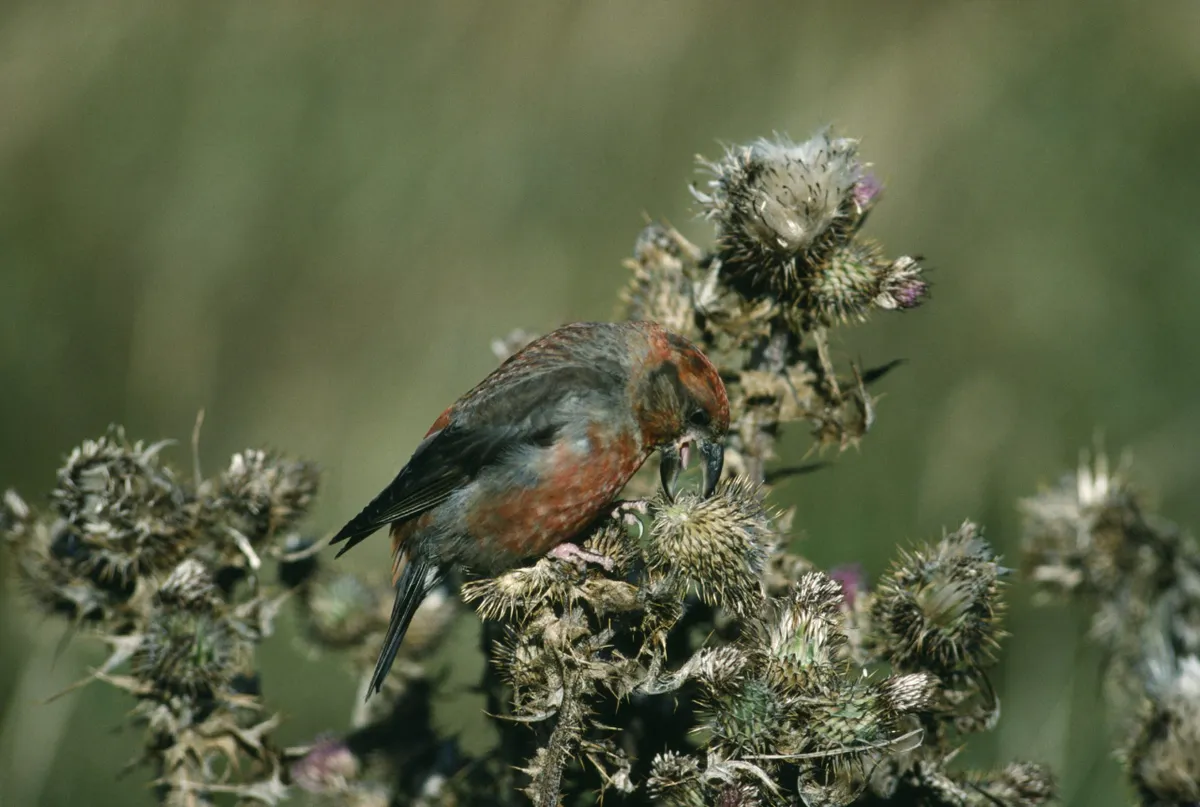
Britain’s only endemic vertebrate species flits through surviving swathes of Caledonian forest, prizing out seeds from pinecones with its distinctive overlapping bill.
Spot bright orange-red males and yellow-green females year-round in the Cairngorms’ ancient pinewoods – try RSPB Crannach reserve and the Mar Lodge Estate.
Pine marten, Martes martes
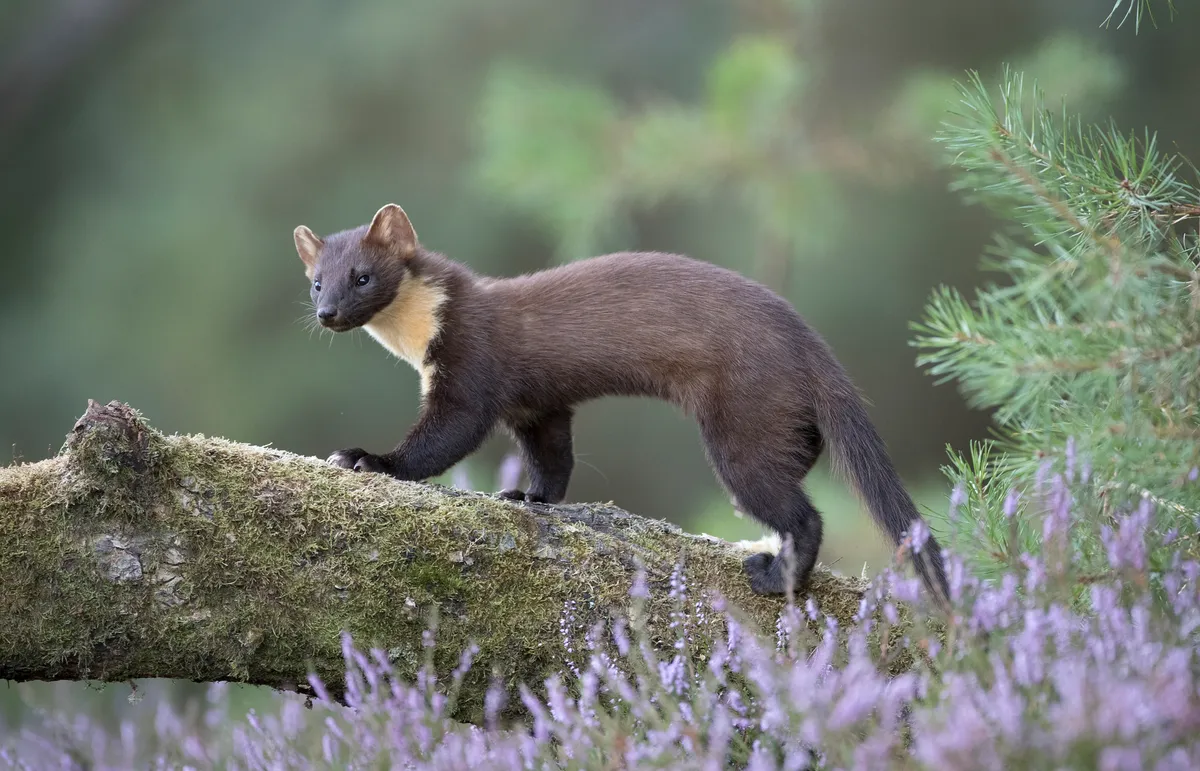
A lissom, charismatic mammal with a chestnut-brown coat, creamy bib and bushy tail, this denizen of Caledonian pinewoods is a rare delight to spot, being both crepuscular (active around dawn and dusk) and very shy.
Your best chance of a sighting is at a hide, with a specialist outfit such as Speyside Wildlife.
Capercaillie, Tetrao urogallus
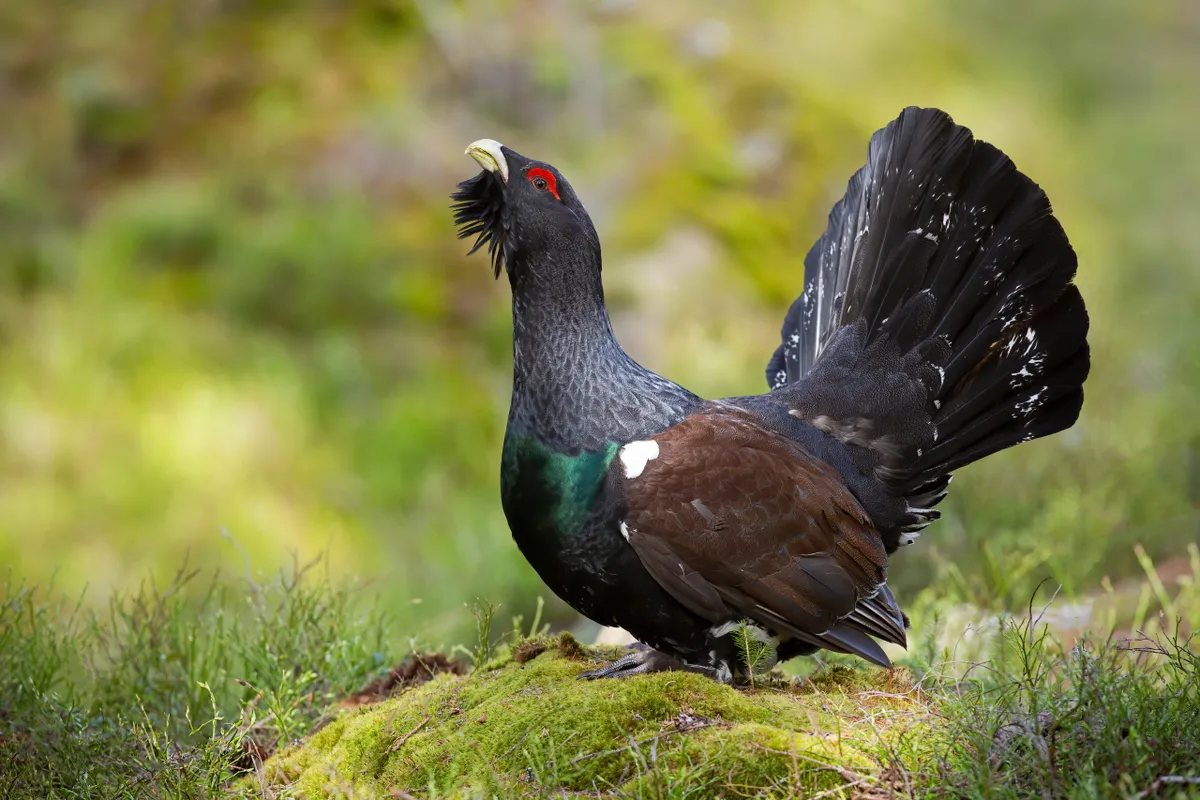
This turkey-sized grouse is famed for the springtime lekking behaviour of males, scarlet-lined eyes lifted and black tailfeathers fanned, strutting around woodland courtship site to impress potential mates.
The Cairngorms are home to 80% of Britain’s capercaillie, and you might spot one in pinewoods in the Strathspey area. Note that they’re declining and protected by law – it’s illegal to intentionally disturb them while nesting.
Best nature reserves to visit in the Cairngorms National Park
Corrie Fee NNR
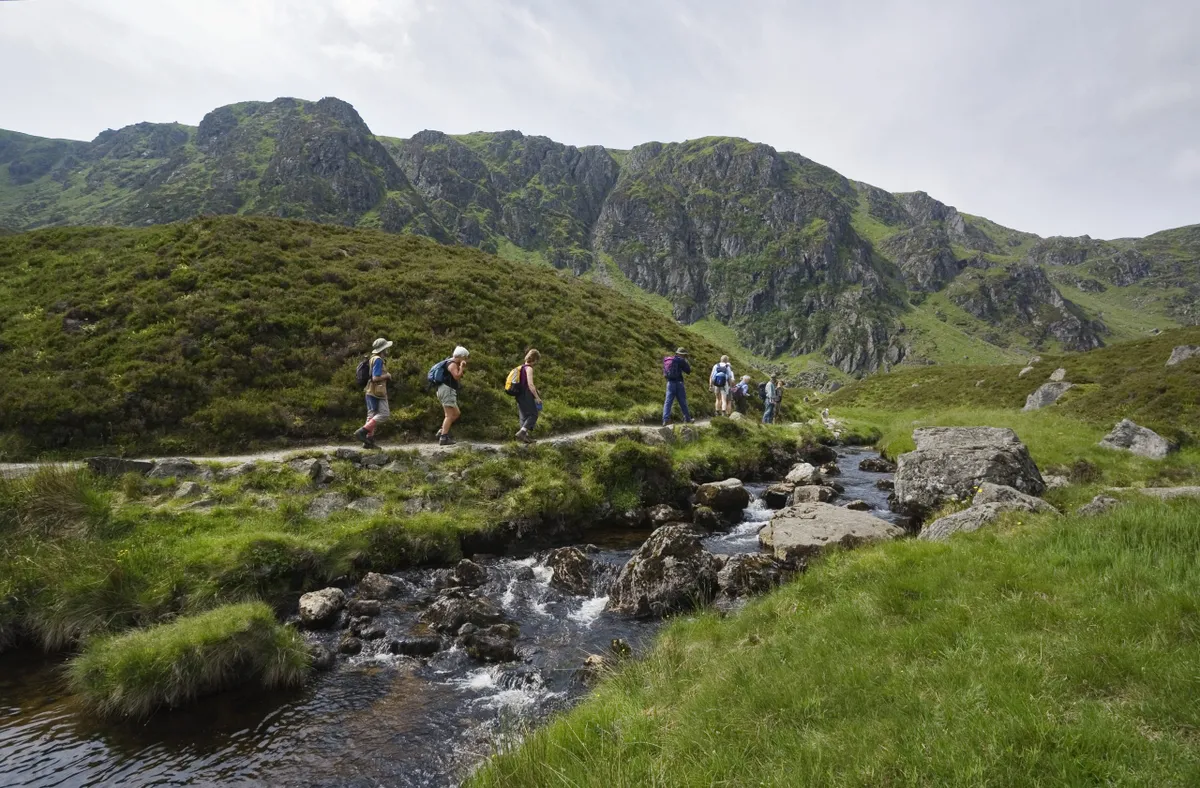
With a magnificent natural amphitheatre as its focal point, this reserve is renowned for its late spring and summer displays of wildflowers, including rare Alpine blue-sowthistle, purple saxifrage, globeflower and red campion. Visit in autumn to hear the roaring red deer stags, in winter to marvel at the frozen waterfall, and in summer to admire peregrines and soaring golden eagles.
RSPB Insh Marshes
One of Europe’s most important wetland reserves, spanning 10km2 of the River Spey floodplain, bustles with breeding waders in spring and summer – watch for lapwing, redshank and snipe, and listen for the magical bubbling calls of curlew. Waterfowl including dozens of whooper swans from Iceland arrive in late autumn.
Where to sleep, what to eat and how to get around the Cairngorms
Wild camping and campervanning is proving incredibly popular with visitors right now, so it is advisable to try and use campsites where possible and book ahead before travelling. If a wild spot looks busy, you might want to find somewhere else quieter to stay.
Read more about access, gaining permission for camping, and minimising your impact, at: outdooraccess-scotland.scot. You should also be aware of deer stalking on hills between July and late October. For details of rights and stalking, visit: nature.scot/enjoying-outdoors/your-access-rights
The main thing to remember is to make sure you tread lightly and leave no trace, taking all litter with you when you leave.
Access rights extend to small-scale wild camping for two or three nights in any one place; some areas are restricted. Read tips on responsible wild camping and ensure you 'leave no trace'.
There’s a wide range of glamping, B&Bs, hotels and even castles in and around the National Park – see: visitcairngorms.com/accommodation
An extensive menu of local produce includes venison, salmon and fine Speyside whiskies such as Tomintoul and Dalwhinnie. Pick up supplies at farmers' markets in Aviemore, Grantown-on-Spey and Ballater. visitcairngorms.com/farmersmarkets
The region is served by a good network of buses and trains, including the steam-loco heritage Strathspey Railway.
Loch Lomond & The Trossachs National Park

Easily accessible from Glasgow, Britain’s fourth-largest National Park spans 1,865 km2, featuring 22 glittering lochs, dramatic glens and mountains including 21 Munros (taller than 3000 feet) and 19 Corbetts (2000-3000 feet). Straddling the fault boundary between Scotland’s Highlands and Lowlands, the National Park is divided into four distinct areas, each with its own wildlife highlights: Breadalbane, Cowal, Loch Lomond and The Trossachs, together are home to more than 200 bird species.
Best wildlife to spot in Loch Lomond & The Trossachs National Park
Red deer, Cervus elaphus
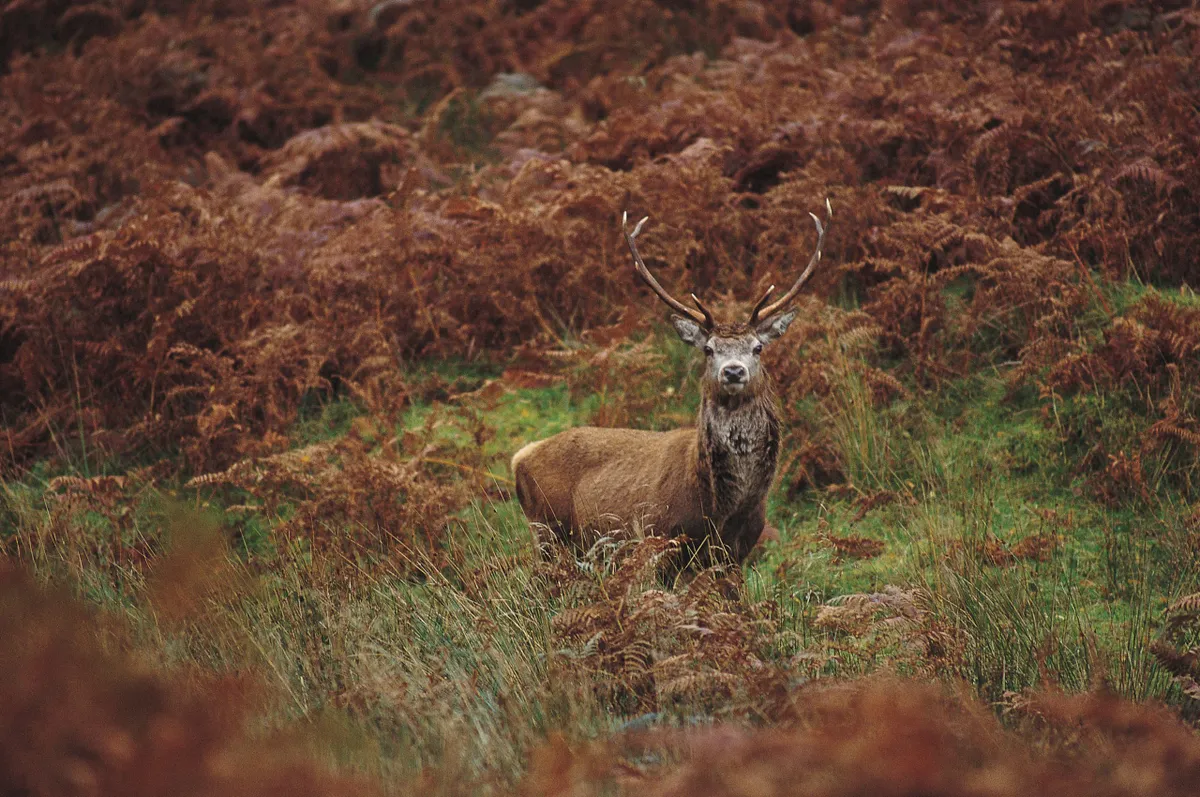
Britain’s largest land animal is impressive at any time, looming up to 1.2m at the shoulder and sporting antlers that can span over 1m and weigh 15kg. But roam the glens and mountainsides in autumn and the roars of rutting stags echoing across the hillsides are truly awesome – and helpful in tracking such surprisingly elusive creatures. Listen out in Glen Ample or the nearby slopes of Ben Vorlich, or on Ben Lomond.
Black grouse, Tetrao tetrix
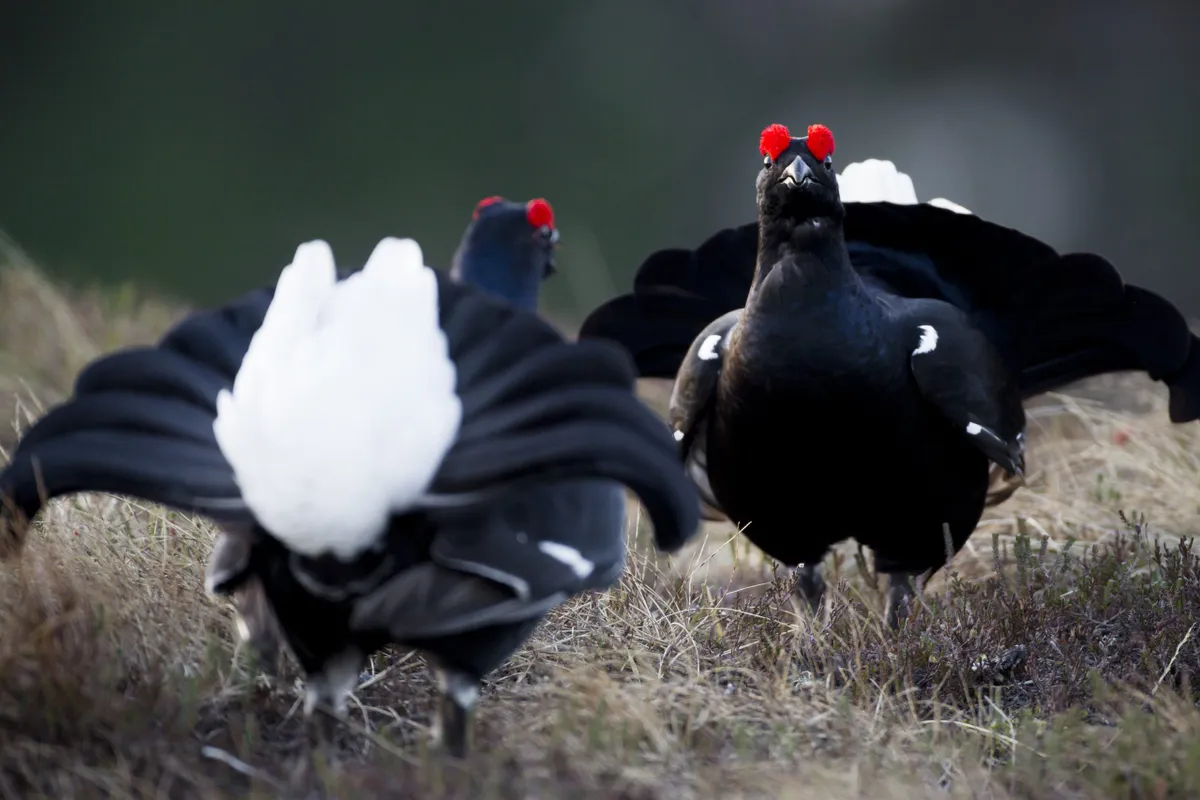
Smaller than its cousin the capercaillie but with even more striking red eyebrows, male black grouse also lek in late spring, competing with other blackcocks for the best sites where they flash fluffy white under-tail feathers in dramatic courtship displays.
RSPB Inversnaid reserve and Great Trossachs Forest NNR are good spots to see adults nibbling shoots and berries, or juveniles anting for insect prey.
Otter Lutra lutra

This lithe predator hunts mostly unseen across many waterways in Scotland, slipping into lochs to hunt around sunrise and sunset, returning to underground holts during the day.
Though you’re more likely to spot five-toed footprints or spraints (droppings) than an otter itself, sightings are reasonably common around the head of Loch Tay and on the shores of Great Trossachs Forest NNR.
Golden eagle, Aquila chrysaetos
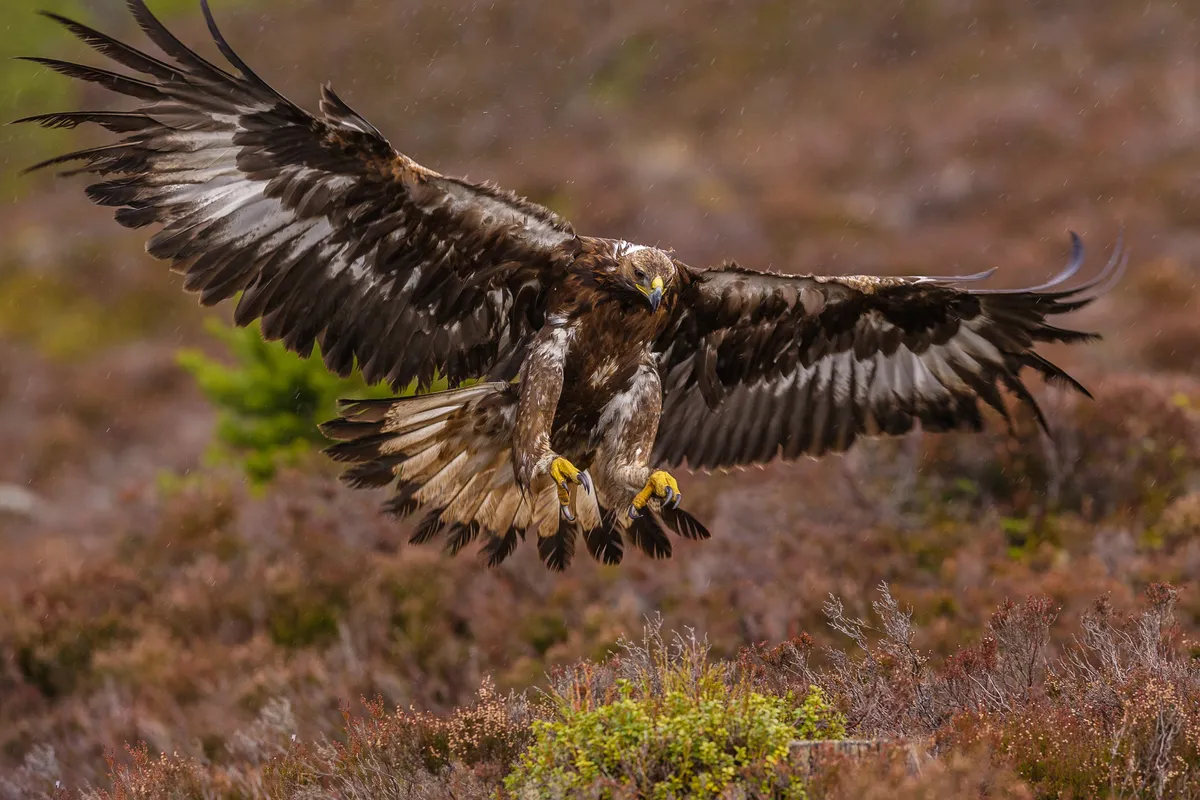
With a 2m-plus wingspan, the region’s top aerial predator is an awe-inspiring sight soaring above peaks and upland glens.
Resident year-round, an adult advertises ownership of its eyrie (nest) on cliff ledges between February and May – watch for its splayed wingtip features and undulating flight above the Great Trossachs Forest or the Arrochar Alps west of Inveruglas.
Red squirrel, Sciurus vulgaris
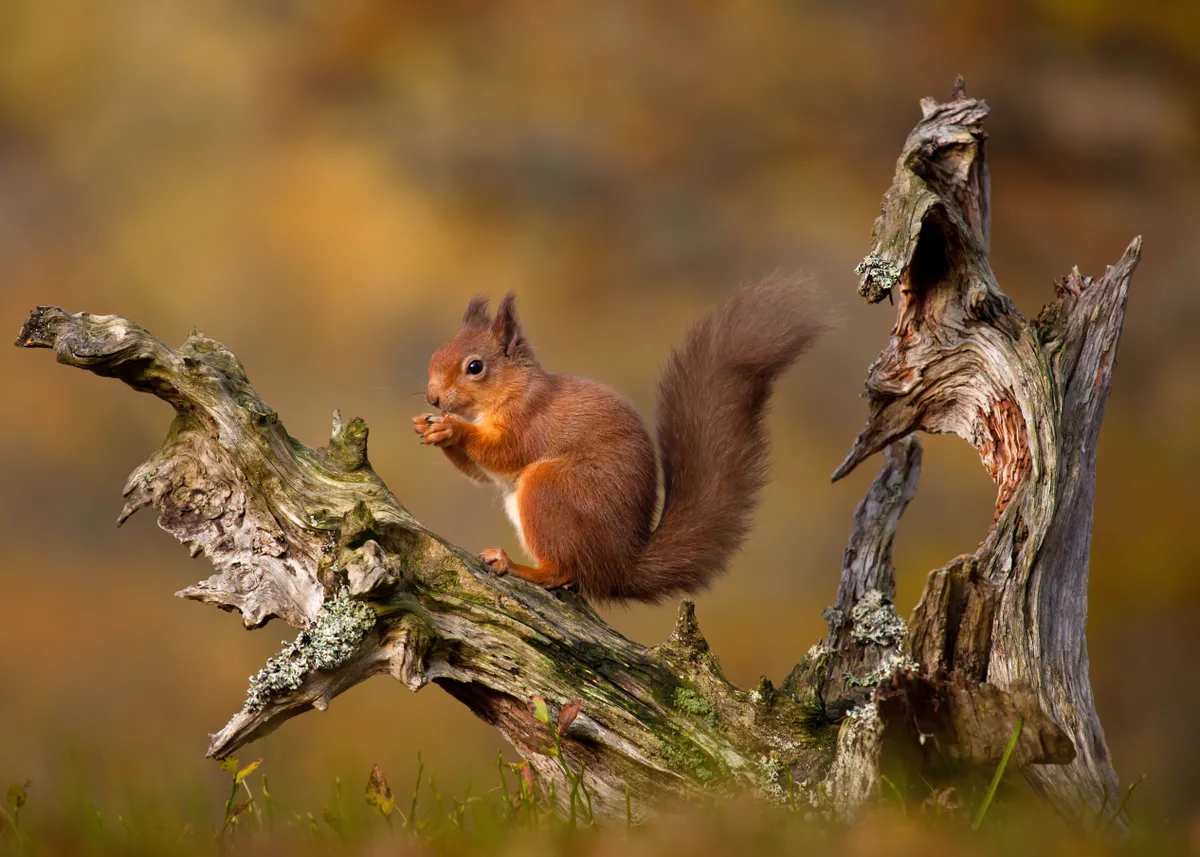
Driven from much of their range by invasive grey squirrels, Britain’s native reds are clinging on in Scotland, home to over 75% of the UK population.
You’ve a good chance of spotting them in the National Park, particularly in pinewoods at Glenbranter and around Callander, from hides such as that in Benmore Botanic Gardens, or at the feeders at the Lodge at Aberfoyle. There’s a handy sightings map at: lochlomond-trossachs.org/park-authority/what-we-do/conservation/red-squirrels/
Best nature reserves to visit in Loch Lomond & The Trossachs National Park
RSPB Inversnaid
This beautiful oakwood site on the eastern shore of Loch Lomond is carpeted with bluebells in spring, when you might spot redstart and pied flycatcher, hear the song of wood warblers or witness lekking black grouse. Red deer and pine martens also roam the reserve.
Great Trossachs Forest NNR
More than 2.5 million trees have so far been planted in this 160km2 reserve, the focus of a 200-year woodland restoration project. Providing habitat for elusive mammals including otter, pine marten and even wildcat, you’re more likely to spot golden eagle, red deer and red squirrel.

Where to sleep, what to eat, how to get around Loch Lomond & The Trossachs National Park
As in the Cairngorms, wild camping is permitted in Loch Lomond & The Trossachs National Park, though seasonal byelaws apply March-September to certain areas near the shoreline, allowing camping only within campsites or with a permit. See: lochlomond-trossachs.org/things-to-do/camping/
A wide range of glamping, B&Bs, hotels and even castles can be found in and around the national park – see: visitscotland.com/destinations-maps/loch-lomond/accommodation/
Smoked salmon and oysters are among the best-known local produce to sample. lochlomond-trossachs.org/discover-the-park/
Several areas of the National Park are accessible by public transport. One of the most appealing ways to explore is aboard the waterbuses that sail along Lochs Lomond and Katrine.